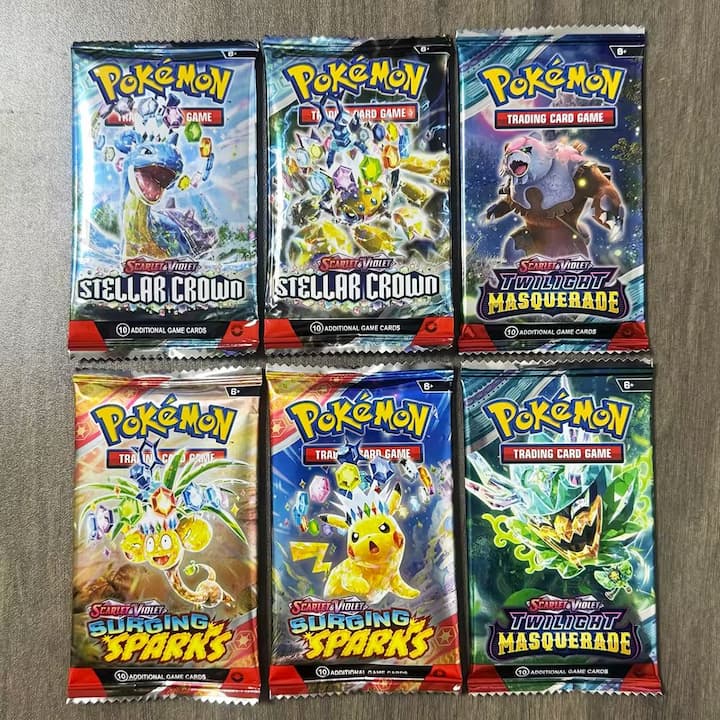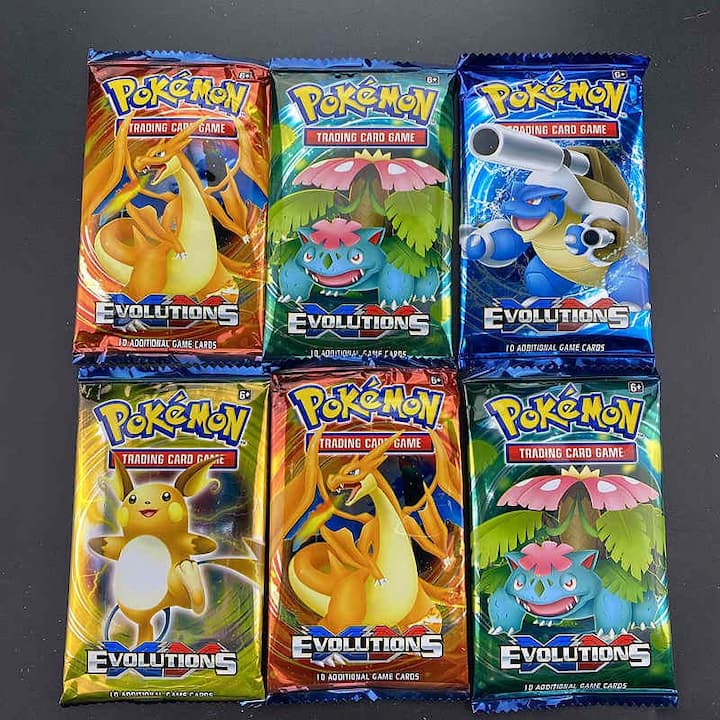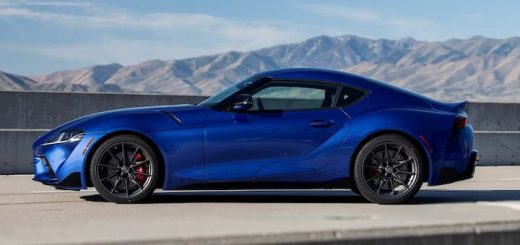Pokémon Trading Card Game: Your First Steps into a Fun-Filled Hobby
Curious about those flashy cards you’ve seen around? You might have heard about the Pokémon Trading Card Game (TCG) and want to join the fun. Whether you’re a long-time fan of the franchise or a complete newbie, the world of Pokémon cards can be quite overwhelming at first. But, fear not – with a bit of guidance, you’ll be battling like a master in no time!
What Exactly Is the Pokémon TCG?

The Pokémon Trading Card Game is a strategy card game where you play as a Pokémon Trainer, using your set of Pokémon cards to battle other trainers. Picture chess, but with adorable monsters that have fire-breathing and lightning-bolt abilities. Your goal is simple: knock out six of the opponent’s Pokémon to win.
In contrast to playing cards for entertainment (though that’s perfectly all right in itself!), the TCG is game-play oriented. Each card serves a function in combat, whether that’s an attacking Pokémon, a helpful Trainer card, or an Energy card that powers your Pokémon’s attacks.
The Three Types of Cards You Need to Know

Every set is built upon three types of Pokémon cards and understanding them is your key to success. Your main battle-combatants are Pokémon cards. They come in different phases: Basic that you can play straight away, Stage 1 Pokémon that evolve from Basics, and Stage 2 Pokémon that you play from Stage 1s.
Each Pokémon comes with HP (health points), attacks with different amounts of damage, and sometimes special abilities. There are also some Pokémon that are very rare and strong – they are called Pokémon-ex, Pokémon-GX or Pokémon V cards, depending on when they were released.
Trainer cards are your trusty toolkits. They are Supporter cards (powerful once-per-turn actions), Item cards (quick effects with no restrictions), and Stadium cards (ongoing effects that change the game for both you and your opponent). Trainer cards are your strategy – they help you draw additional cards, restore your Pokémon to health, or destroy your opponent’s plan.
Energy cards are what your Pokémon use for attacks. Most attacks cost a set amount and type of Energy to perform. There are standard Energy types such as Fire, Water, Grass, Lightning, Psychic, Fighting, Darkness, Metal and Fairy, and then there are special Energy cards that give distinct effects as well as energy.
Getting Started: Your First Deck
This is where most beginners get hung up – it appears to be impossible to construct a deck from scratch if you have no experience. Good news: you don’t have to! Pokémon produces pre-constructed theme decks and battle decks that are perfect for beginners. You can literally play these decks out of the box and learn the fundamentals.
If you want to play competitively down the road, consider purchasing a League Battle Deck. They’re more advanced pre-constructed decks that perform well at local tournaments. They’re a bit pricier than theme decks, but they’ll give you much more of a solid starting point for serious play.
When you’re comfortable with the basics, you can start customising your deck. A standard deck consists of exactly 60 cards, and you can include up to four duplicates of any card (except basic Energy, which is unlimited). Most successful decks focus on 2-3 Pokémon evolution lines rather than trying to fit every cool Pokémon trading card into the deck.
Learning the Game Flow
A typical game of Pokémon TCG is pretty straightforward. You draw seven cards, place a Basic Pokémon in your “Active” Pokémon (your lead combatant) and leave up to five other Basic Pokémon on your “Bench” as backups. Then you’re off to battle!
Each turn, you’ll draw a card, put an Energy card onto one of your Pokémon and decide whether to attack, retreat your Active Pokémon, or play Trainer cards to build your game plan. The key is balancing offence and setup – at times you’ll need to use a turn to power up a stronger Pokémon rather than attack with a weaker one.
When you take six “Prize cards”, you win! These are cards removed every time you beat an opponent’s Pokémon. Some powerful Pokémon remove several Prize cards when beaten, and this can easily accelerate games.
Where to Play and Learn More
The best way to learn is to enjoy playing! There are plenty of local game stores that have Pokémon trading card events, ranging from casual learn-to-play sessions to competitive tournaments. The Pokémon community itself is generally very welcoming towards new players, so don’t be afraid to ask questions.
You can also try Pokémon TCG Online (or its newer equivalent, Pokémon TCG Live), which enables you to play against other individuals digitally from all around the world. It is free to start and includes tutorial modes that teach you the rules gradually.
Start small and gradually incorporate more layers of complexity into your game. Master one deck rather than hopping between plans. Watch what the pros are doing – you’ll pick up a lot just by watching.
Most of all, remember that we all started somewhere. This a more than 25 years old hobby, so there’s lots to learn, but that’s also what makes it so interesting, too. Don’t speed along but rather enjoy the ride and before you know it, you’ll be the one teaching newbies how to play





